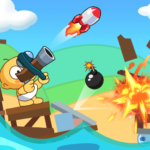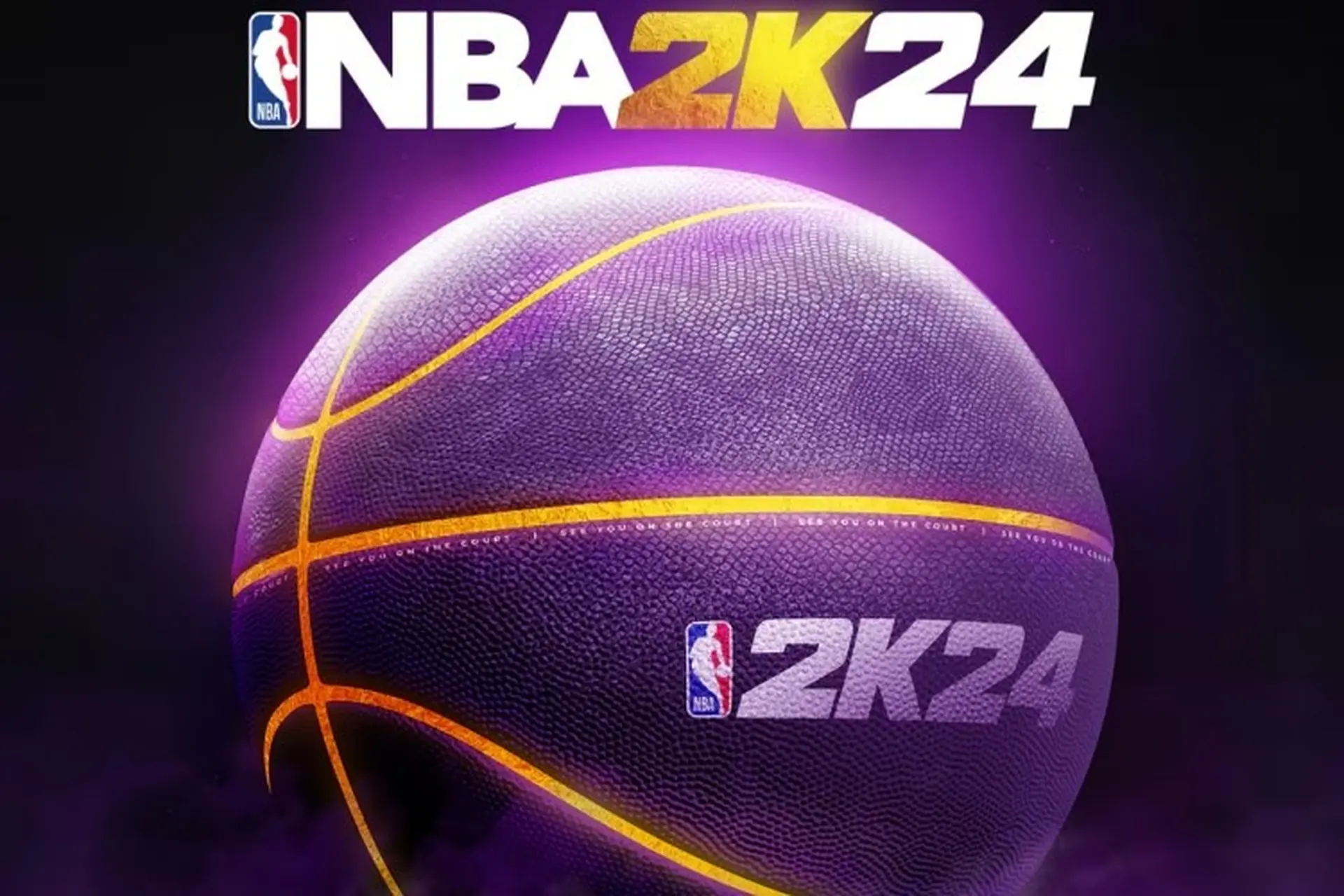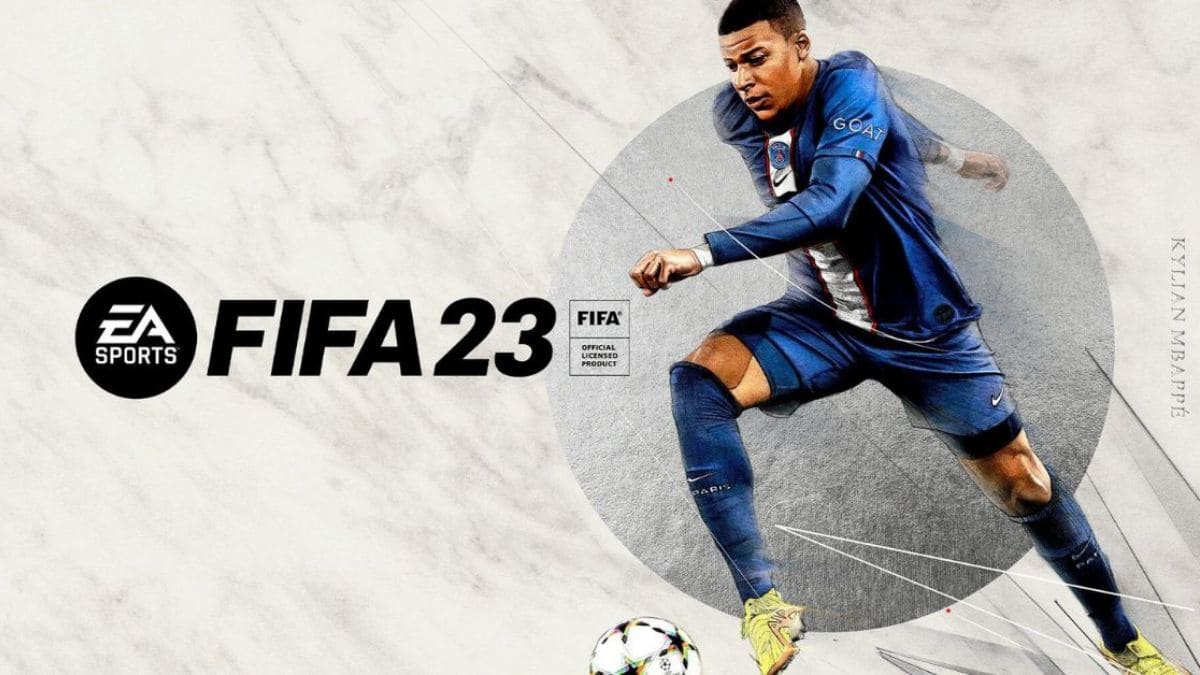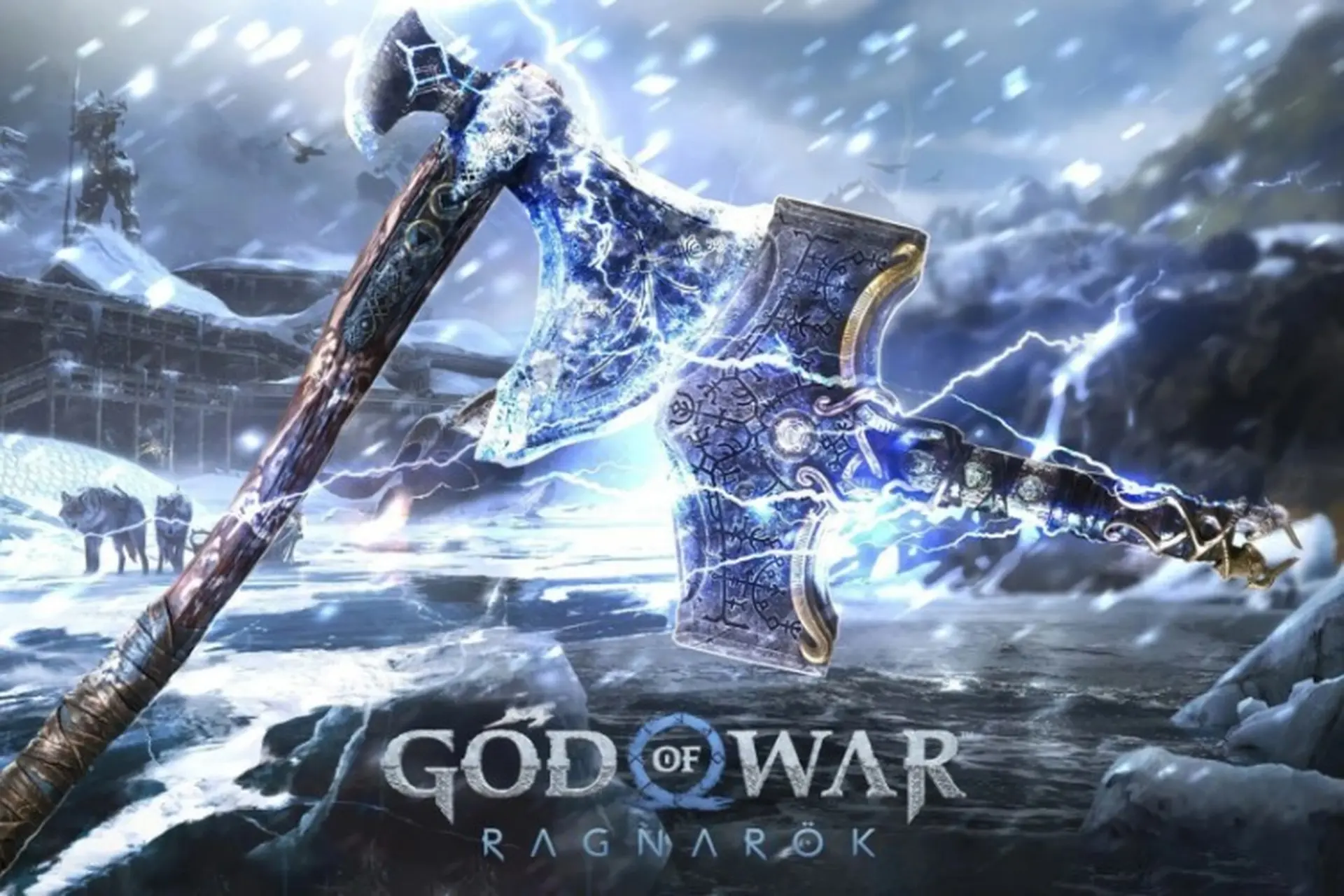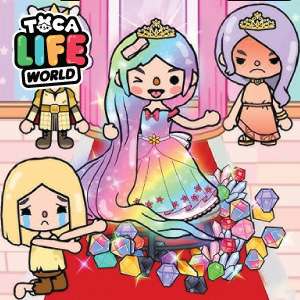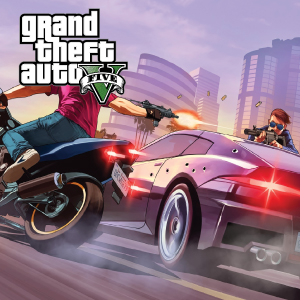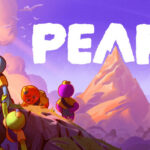Introduction
Since its official release in 2009, League of Legends (LoL) has grown from a niche multiplayer online battle arena (MOBA) into one of the most played and watched games in the world. Developed by Riot Games, LoL redefined what a free-to-play title could achieve, establishing itself as a cornerstone of the esports industry, a gateway to a broader universe of lore and media, and a constantly evolving competitive experience.
The game’s premise is simple yet deep: two teams of five champions battle to destroy the opposing team’s Nexus. Yet behind this straightforward goal lies a complex web of strategy, coordination, and execution that has captivated millions. With over 160 unique champions, seasonal updates, a thriving esports ecosystem, and spin-off media like Arcane, League’s cultural impact is unparalleled in gaming.
1. The Origins of League of Legends
League of Legends was born as a spiritual successor to Defense of the Ancients (DotA), a Warcraft III mod that laid the foundation for the MOBA genre. Riot Games co-founders Brandon Beck and Marc Merrill teamed up with DotA developer Steve “Guinsoo” Feak and launched LoL in October 2009.
Despite modest graphics and initial server instability, LoL’s accessibility and competitive depth attracted a dedicated player base. It distinguished itself from DotA by simplifying certain mechanics (like denying) while emphasizing champion variety, fast-paced gameplay, and teamwork.
Key Milestones in Early Development:
-
Launch of 40 champions at release
-
Free-to-play model with microtransactions for cosmetics
-
Rapid growth in NA and EU regions through grassroots communities
Pros:
-
Lower learning curve than DotA at launch
-
Quick 20–45 minute matches
-
Accessible hardware requirements
Cons:
-
Basic visuals and sound at first
-
Limited quality-of-life tools in early years
Rating: 8.0/10 (for initial launch)
2. Champion Design and Meta Evolution
One of League’s greatest strengths is its ever-growing roster of champions—each with unique abilities, lore, and roles. From agile assassins like Zed to spell-slinging mages like Syndra, every new champion introduces new mechanics and strategies, shaping the ever-evolving “meta.”
The “meta” (most effective tactics available) defines how games are played at any given time. Riot regularly balances champions and items to prevent stagnation and ensure diversity. These changes encourage players to constantly adapt and explore new builds or team compositions.
H3: Role Dynamics
-
Top Lane: Solo bruisers or tanks
-
Jungle: Roaming control and objective focus
-
Mid Lane: Burst damage or control mages
-
Bot Lane: ADC and Support synergy
-
Support: Vision, crowd control, protection
Pros:
-
Deep strategic variety through meta shifts
-
Frequent reworks and updates keep gameplay fresh
-
Role specialization fosters mastery
Cons:
-
Some metas become repetitive or over-centralized
-
High skill floor for mastering certain champions
Rating: 9.1/10
3. Game Modes and Client Experience
While Summoner’s Rift remains the flagship game mode, Riot has expanded the LoL experience with alternative modes:
-
ARAM (All Random All Mid): Fast-paced 5v5 fights on a single lane
-
Teamfight Tactics (TFT): Auto-battler spin-off with champion synergies
-
Clash: Scheduled team tournaments
-
Rotating Game Modes: Including URF, One for All, Nexus Blitz
The League client has seen major upgrades over the years, improving matchmaking, champion select, and post-game stats.
H4: Notable Features
-
Honor system for positive behavior
-
Match history with performance tracking
-
Hextech Crafting and loot rewards
Pros:
-
Variety of modes for casual and competitive play
-
Streamlined, modern client
-
Engaging rewards and cosmetics
Cons:
-
Occasional bugs or client crashes
-
Some modes are time-limited only
Rating: 8.7/10
4. The Ranked Ladder and Competitive Integrity
League’s ranked ladder is the cornerstone of its competitive ecosystem, spanning divisions from Iron to Challenger. Players progress via LP (League Points) and are matched based on MMR (matchmaking rating).
Riot emphasizes fairness through seasonal resets, anti-cheat systems, and penalties for AFK or toxic behavior. The ladder experience is highly competitive and often intense, with high stakes for progression.
Ranked Tiers:
-
Iron → Bronze → Silver → Gold → Platinum → Diamond → Master → Grandmaster → Challenger
Pros:
-
Clear skill progression
-
Incentivized ranked rewards each season
-
Competitive matchmaking and balance
Cons:
-
Solo queue can feel inconsistent
-
Smurfing and boosting issues persist
Rating: 8.9/10
5. Esports and the Rise of the LCS, LEC, and Worlds
LoL’s impact on esports cannot be overstated. Riot’s investment in professional play led to the establishment of franchised leagues like:
-
LCS (North America)
-
LEC (Europe)
-
LCK (Korea)
-
LPL (China)
The World Championship, held annually, draws millions of live viewers. Historic rivalries, iconic players (Faker, Uzi, Doublelift), and team dynasties (T1, EDG, G2) have elevated League to the top tier of esports.
H3: Key Esports Events
-
Mid-Season Invitational (MSI)
-
Regional Finals
-
Worlds Play-Ins, Groups, and Knockouts
Pros:
-
Massive global following
-
High production value and storytelling
-
Talent development through academy systems
Cons:
-
NA’s poor international results have affected viewership
-
Time zone issues for global tournaments
Rating: 9.5/10
6. Skins, Cosmetics, and Monetization
LoL is free-to-play, but Riot earns revenue through RP (Riot Points) used to purchase skins, chromas, emotes, and passes. Skins range from basic recolors to cinematic-quality reworks with voice lines and VFX.
Notable skin lines include:
-
PROJECT
-
K/DA
-
Star Guardian
-
Spirit Blossom
-
Dark Cosmic
LoL also uses event passes and Hextech crafting to reward progression and keep players engaged.
Pros:
-
Stunning skin designs with thematic depth
-
Fair monetization—cosmetic only
-
Occasional free content and events
Cons:
-
Some rare skins are locked behind loot boxes
-
High-quality skins can cost up to $20+
Rating: 9.0/10
7. Lore, Universe Expansion, and Arcane
League’s Runeterra universe has expanded far beyond the Rift. Initially, champions had vague backstories, but Riot eventually built a deep narrative web linking factions like:
-
Demacia, Noxus, and Piltover
-
Ionia, Freljord, Shurima
-
Void and Shadow Isles
This lore served as the foundation for Arcane, Riot’s Netflix series that brought LoL characters like Jinx, Vi, and Jayce to life in a mature, animated format. Arcane received critical acclaim and drew millions of new fans into the universe.
H4: Narrative Highlights
-
Champions with complex motivations (e.g., Sylas, Viego, Senna)
-
Lore-focused events like Sentinels of Light
-
Web comics, short stories, and music videos
Pros:
-
Rich storytelling beyond the game
-
Arcane boosted mainstream appeal
-
Expands emotional connection to characters
Cons:
-
Lore delivery in-game is minimal
-
Some characters lack updated narratives
Rating: 9.3/10
8. Toxicity, Player Behavior, and Community Culture
LoL’s community is passionate but often cited for its toxicity, especially in solo queue. Riot has worked to address this with tools like:
-
Mute/all and report systems
-
Automated bans and chat restrictions
-
Behavioral incentives (e.g., Honor levels)
The game also has a creative, vocal community with thousands of content creators, streamers, and analysts contributing guides, memes, and educational tools.
Pros:
-
Deeply engaged community
-
Riot’s commitment to improving behavior
-
Vast third-party resources (e.g., OP.GG, Blitz, U.GG)
Cons:
-
Trash talk and flame still common in ranked
-
Behavioral systems aren't always consistent
Rating: 7.5/10
9. Mobile and Wild Rift Expansion
To reach a broader audience, Riot launched League of Legends: Wild Rift in 2020, a streamlined mobile version of LoL with touch-optimized controls and shorter match durations. Wild Rift retains the spirit of League while making it more accessible.
It has gained strong traction in Asia, Latin America, and emerging markets, even hosting regional esports events.
Pros:
-
High-quality mobile adaptation
-
Matches last 15–20 minutes
-
Cross-platform future potential
Cons:
-
Smaller champion pool
-
Delayed skin/content parity with PC version
Rating: 8.8/10
10. The Future of League of Legends
League shows no signs of slowing down. Riot has announced a League-based MMO, card game (Legends of Runeterra), and more lore expansions. The competitive ecosystem continues to mature, and new champions, items, and game modes are regularly released.
Riot’s “LoL 2.0” vision appears to be about ecosystem integration—tying together esports, lore, casual play, and multimedia storytelling into a singular, ever-evolving world.
What to Expect Next:
-
New Arcane seasons
-
Engine updates and anti-cheat improvements
-
Expanded Wild Rift esports
-
Greater synergy between games in the LoL Universe
Pros:
-
Strong pipeline of content
-
Decade-long support commitment from Riot
-
Cultural influence beyond gaming
Cons:
-
Increasing system complexity may overwhelm new players
-
Risk of content fatigue without innovation
Rating: 9.4/10
Conclusion
League of Legends remains one of the most ambitious, culturally significant, and enduring games in the world. From casual matches on Summoner’s Rift to high-stakes Worlds finals, LoL blends strategy, reflexes, storytelling, and community like few games can. Its success is not merely in numbers, but in the way it continues to evolve, inspire, and bring players together.
Whether you're climbing ranked, following your favorite esports team, diving into Arcane, or exploring Runeterra’s lore, there’s a place for everyone in League. Over a decade later, Riot Games’ flagship title continues to dominate—and it’s not done growing.
Final Expert Rating: 9.3/10 – A genre-defining MOBA with unmatched depth, a vibrant esports ecosystem, and an expanding universe of lore and experiences.














